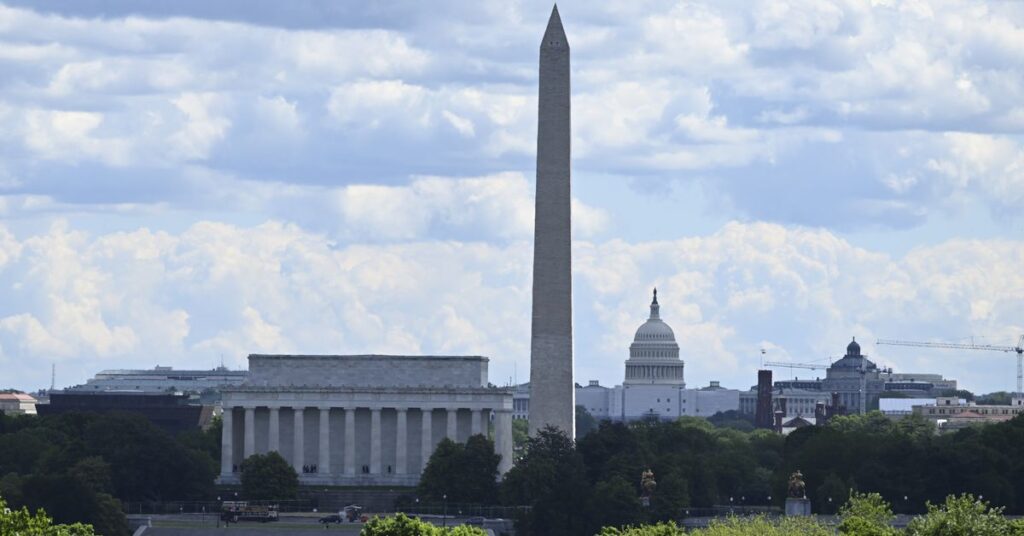On Sunday, two US fighter jets intercepted a plane with a non-responsive pilot flying over the Washington, DC, area, causing a sonic boom that startled residents in the city, and leaving four people dead.
The plane — a Cessna Citation, which can hold up to 12 people — left from Elizabethton, Tennessee, and was originally destined for Long Island, New York. Shortly after the aircraft reached the Long Island area, the plane turned and flew down toward DC. Two F-16 fighter jets, which were flying at supersonic speeds, were dispatched from Joint Base Andrews in Maryland to intercept the plane because it flew into restricted airspace, according to a spokesperson for NORAD. Four other F-16s, two from a South Carolina base and two from a New Jersey airfield, were also sent to intercept the plane.
The area over Washington, DC, requires special clearance to enter and is part of a broader restricted section, meant to safeguard infrastructure and government personnel from foreign and terrorist attacks. Planes that enter that airspace without approval and proper communication with authorities can prompt the response that took place on Sunday. The fighter jets’ speed contributed to the sonic boom, which some residents experienced as a loud sudden noise on Sunday afternoon.
The fighter jets ultimately intercepted the plane around 3:20 pm Sunday, and shot flares in order to try to get the pilot’s attention. Throughout this process, the pilot was unresponsive, and it’s not yet clear why this was. Investigators are reportedly looking into whether the pilot was suffering from the effects of hypoxia — a condition when someone loses consciousness in a plane due to lack of oxygen.
The plane wound up crashing in a mountainous area near Montebello, Virginia, at 3:30 pm. National Transportation Safety Board spokesperson Adam Gerhardt said Monday morning that the plane had been “highly fragmented” in the crash, but that investigators hoped to find instruments…
Read the full article here





